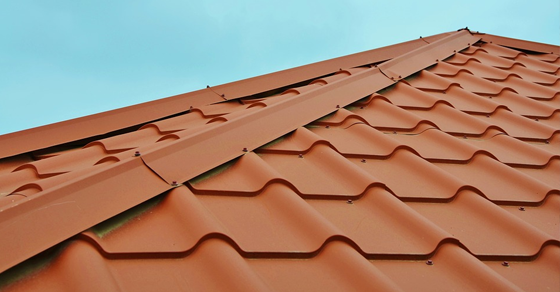The most unattractive home upgrades are roof replacements. The roof isn’t something you’d show off to your friends like decks, kitchens, and bathrooms are. Re-roofing does, however, provide some alluring alternatives for the homeowner who wishes to cut back on upkeep and unneeded costs going forwards. Here are five additional upgrades to consider when getting a roof replacement:
Make Some Roof Ventilation Improvements
If attics are not properly aired, they act in the summer like furnaces. The uncomfortable heat build-up extends into the rooms directly below the attic. Ensure your roofing contractor instals ridge vents across the top of your roof to keep the attic and your house cooler. Ridge vents, which are hardly visible from the street, allow air to travel behind the ridge cap shingles. Soffit vents beneath the eaves can bring cooler air into the attic as hot air is vented for ventilation to work properly. To maintain proper airflow, gable vents, which are situated close to the roof peak of exterior walls, may also be required. Your home will be more pleasant throughout the summer without needing to spend a fortune on air conditioning if your attic is cooler.
Choose and Utilise an Energy-Efficient Shingle
It used to be advised to choose white or light-coloured shingles for a cooler roof. However, homeowners didn’t always find this alternative to be aesthetically pleasing. Modern reflective shingles come in various hues, from well-liked slate tones to timber tones. The granules instantly reemit a large portion of the heat that is absorbed, reflecting the sun’s energy. A cool roof can reduce your cooling expenditures by 7 to 15%, depending on your home’s climate and design.
Invest a Little Extra on Eave Flashing
If you’ve ever had ice dam damage, you might want to spend a little more money when re-roofing so that eave flashing can be installed. Before applying the shingles, these bituminous membranes are applied to a depth of 2 feet inside the outer wall plane (three feet on low-pitched roofs). The membranes self-seal around the fasteners on the roof, creating a watertight seal above the eaves, the area of the roof where ice dams are most likely to occur. Other vulnerable roof locations, such as those over valleys and those surrounding skylights and dormers, may also call for the use of bituminous eave flashing.
Consider Installing an Airtight Chimney Cap
Airtight chimney caps are intended to conserve energy, as opposed to masonry and metal chimney caps, which are intended to keep rain and (if screened) birds and other animals out of your chimney. When it’s freezing outside, warm air gushes out of your chimney when your fireplace isn’t in use. Your firebox’s damper, which is not airtight, does little to stop it.
While the roof is being repaired, ask your roofer about adding an airtight chimney cap. These devices operate with a spring. You simply pull on a steel cable fastened to a bracket within your fireplace to open the chimney cap. Once the fire has been extinguished, pull it shut. An additional advantage of an airtight top is that it prevents animals from building nests inside your chimney.
With all these upgrades, a new roof might be a cause for celebration. Johnson Roofing offers any of your roofing needs. Our services are proven high quality as we pride ourselves on being a highly professional Auckland roofing company. Contact us at 09 447 3857 for a no-obligation assessment at a time that suits you.

